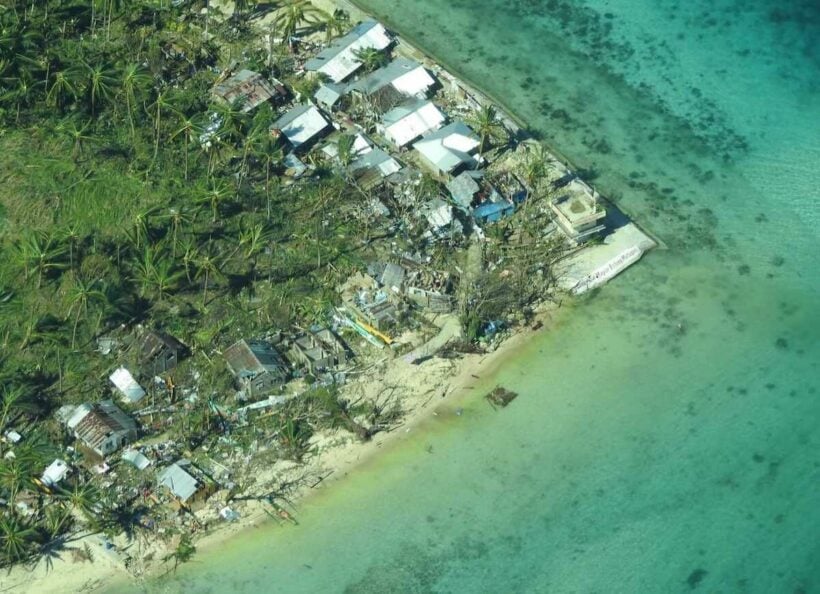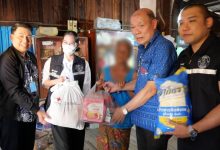Philippines’ Typhoon Rai destroyed 1.5 million houses in total – IFRC

New figures from the International Federation of Red Cross and Red Crescent Societies (IFRC) show the entire scope of the devastation caused by Super Typhoon Rai, locally called Odette, when it hit the Philippines last month, causing damage to 1.5 million homes, which was more than any previous typhoon in recent decades.
The Philippine Red Cross is bolstering its shelter assistance by shipping table saws, chainsaws, and generators to the typhoon’s hardest-hit areas, which include Cebu, Bohol, Palawan, Siargao, and Dinagat islands, for carpenters and trained volunteers to use the machinery to convert millions of fallen coconut trees into coco timber, which will be used to rebuild safer and stronger homes in the worst-affected areas.
Carpenters are also teaching locals how to build safer houses in order to offer essential earnings to families who have lost their livelihoods, including their farming and fishing equipment. Philippine Red Cross Chairman Richard Gordon says the typhoon has been a much bigger disaster than the world realised a month ago.
“People who relied on farming, fishing, and tourism can’t earn an income now. Millions of people don’t have a roof over their heads.”
According to assessment statistics, this super typhoon has wreaked havoc on the Philippines, demolishing or damaging more homes than any storm in recent decades, although Filipinos are resilient and more help is needed to assist individuals in reconstructing their homes.
Since the super typhoon hit, the Philippine Red Cross has provided emergency shelter support to 36,000 individuals, including toolkits, construction materials, and tarpaulins to enable families to set up temporary shelters and begin rebuilding. Emergency personnel are providing kitchen sets, sleeping kits, pillows, mattresses, bedsheets, blankets, and clothing.
SOURCE: IFRC
Latest Thailand News
Follow The Thaiger on Google News:


























